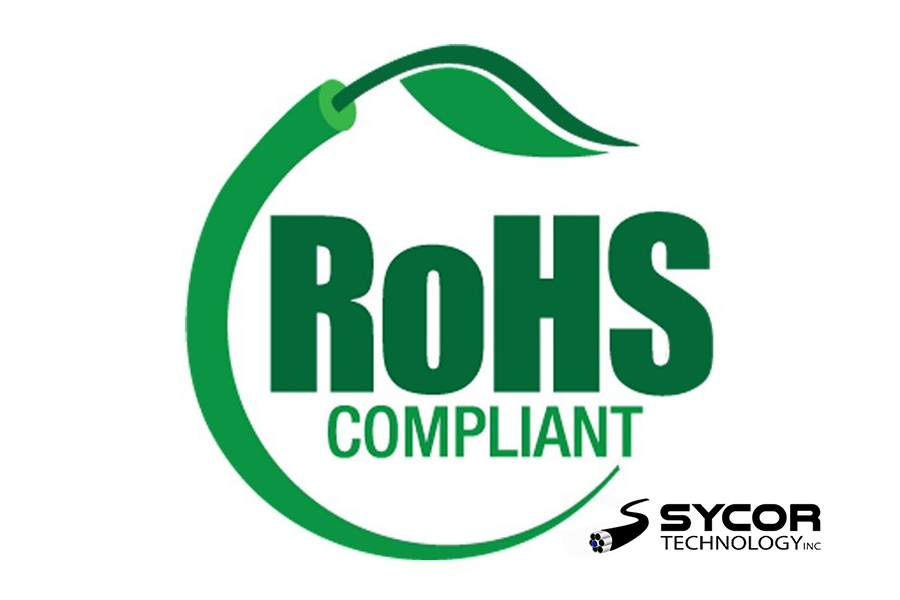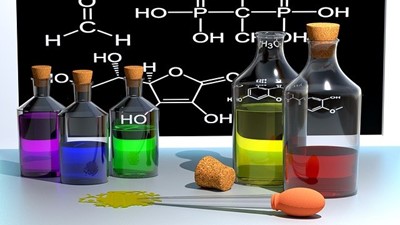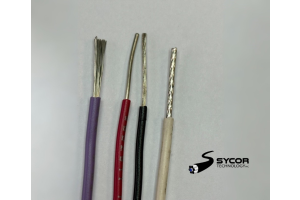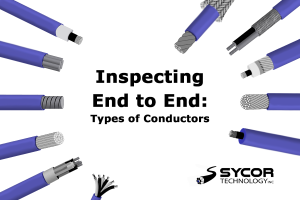
What is ROHS?
ROHS 1
ROHS 1 was a directive that was placed in July 2006 and was enforced by the European Union. This directive is required to be enforced by each member's state. The directive restricts the use of ten hazardous materials in the manufacturing of various types of electronic and electrical equipment. The directive is closely linked with WEEE, also known as the Waste Electrical and Electronic Equipment Directive. The WEEE consists of collection, recycling, and recovery targets for electrical products and is part of a legislative initiative to solve the problem of a huge amount of toxic electronic waste or E-waste.
ROHS 2
For ROHS 2, there are no additions to the six currently restricted substances. This directive includes categories 8 (medical devices) and 9 (control and monitoring instruments) and products, with the proposed dates for inclusion being in 2016 or later. With this new directive, all electronic/electrical products manufacturers must comply with ROHS 2 before the approval mark can be applied to their products. The original green ROHS label with the checkmark is no longer required as all CE labels must abide by the new ROHS regulations.
ROHS 5/6
The most recently passed ROHS is the 5/6, which refers to the compliance for 5 out of 6 of the restricted substances (no compliance required for LEAD Pb). Lead in specific applications for categories 8 and 9 are exempted from the traditional ROHS requirements under Annex III for a few more years.
Why was ROHS Implemented?
The restricted materials are extremely hazardous to the environment and can severely pollute landfills as well as the environments around them. The materials are also dangerous to the surrounding people during the manufacturing and the recycling processes.
ROHS Compliant Portable Testing
During the manufacturing process, portable ROHS analyzers (X-ray fluorescence or XRF metal analyzers) are utilized to screen and verify ROHS compliance.

Banned ROHS Substances |
|
1. Cadmium (Cd): < 100 ppm (0.01%) |
|
2. Lead (Pb): < 1000 ppm (0.1%) |
|
3. Mercury (Hg): < 1000 ppm (0.1%) |
|
4. Hexavalent Chromium (Cr VI) < 1000 ppm (0.1%) |
|
5. Polybrominated Biphenyls (PBB): < 1000 ppm (0.1%) |
|
6. Polybrominated Diphenyl Ethers (PBDE): < 1000 ppm (0.1%) |
|
7. Bis (2-Ethylhexyl) phthalate (DEHP): < 1000 ppm (0.1%) (RoHS 3) |
|
8. Benzyl butyl phthalate (BBP): < 1000 ppm (0.1%) (RoHS 3) |
|
9. Dibutyl phthalate (DBP): < 1000 ppm (0.1%) (RoHS 3) |
|
10. Diisobutyl phthalate (DIBP): < 1000 ppm (0.1%) (RoHS 3) |
Documentation Review: Review assembly drawings, Materials Declarations for the components and each product, conformance certificates, bill of materials and testing reports.
Audit: Inspect manufacturing processes needed to meet ROHS compliance for the size-restricted substance.
Testing: On-site testing is used to determine the values of the six restricted substances.
Certification: Following a successful audit, a ROHS certificate is issued.
The ROHS directive is one of the most important directives that has been adapted to date, as it's one of the only designations that are applicable to the majority of all electrical and electronic products within Europe, Canada and America. Removing hazardous substances from applications has significantly decreased the negative health effects associated with working with these substances. Whether it's in a factory or when disposing of the product, these dangerous materials poison the surrounding landscapes when in landfills and can cause cancerous side effects if inhaled in any way. Since the early 2000's the RoHS directive has been accepted internationally and been consistently modified to help stop hazardous materials from having diverse effects on the surrounding people and environment.
For more information about us:
Call Toll Free - 1.800.268.9444 or Email Us - [email protected]






